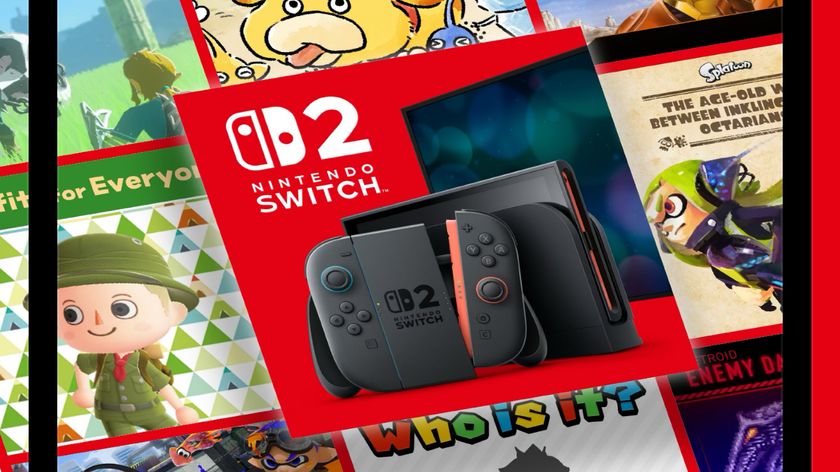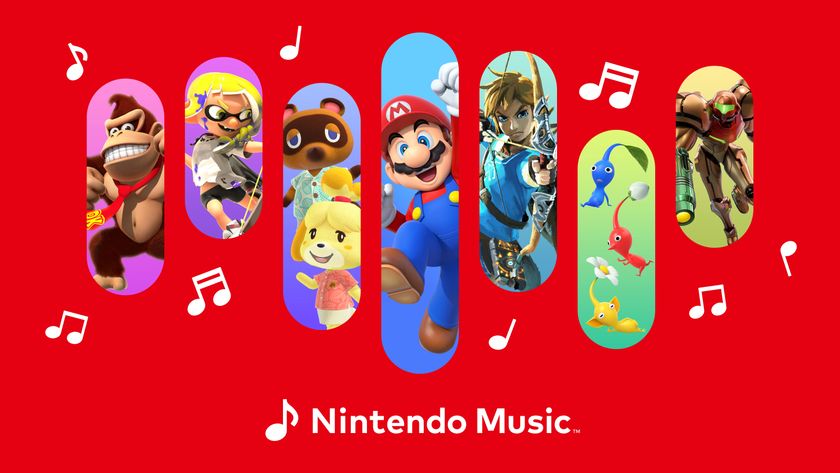The Atari was everywhere in the early 80s, and it spawned a raft of competitors - including Nintendo's first console, the NES/Famicom. The 2600 both partly caused and was primary victim of the 1983 videogaming crash, but you could still buy one new as late as 1992.
6. 386/486 IBM compatible
PCs had been around for years, but it was the early 90s 386 and 486 processors that really defined the system as the thinking man's gaming platform.
This was the age of Doom, of Monkey Island, of Sim City, of Civilization... PC gaming never looked back, and the level of invention and intelligence birthed in those crucial years still continues in today's thriving indie and mod scene.
7. Nintendo Entertainment System
The Phoenix from the ashes of the 1983 crash that almost killed home gaming. The NES (or Famicom, as it was known in its home Japan) was held aloft by a fantastic port of the arcade smash Donkey Kong, but it was the likes of Super Mario Bros and lightgun classic Duck Hunt that booted it into the public consciousness.
Zelda, Metroid, Final Fantasy, Castlevania and Mega Man (amongst a raft of others) all began life on the NES, and its classic controller remains the essential template for today's gamepads. The NES might not have been the great innovator of the machines that preceded it, but it's the major root of today's consoles. History would be entirely different without it.
8. Sony PlayStation
Sony's first console would be the best-selling home console of all time, were it not for its even more successful follow-up, the still-popular PS2. Incredibly, it began life as a planned CD-ROM add-on for Nintendo's then-ubiquitous SNES, but contract arguments saw Sony go it alone.
Its CD-ROM drive, a technology Nintendo remained resistant to with its competing, cartridge-based N64, was one of the major causes for its success. Loading times may have suffered for it, but discs were dramatically cheaper to manufacture than cartridges, which were fast proving a turn-off to third party manufacturers.
Get daily insight, inspiration and deals in your inbox
Sign up for breaking news, reviews, opinion, top tech deals, and more.
Couple with that the PS's shift into being the first major 3D home console and the fact it soon proved remarkably easy to pirate its games, and you have yourself a landmark machine that eventually cropped up in most every gamer's home.
9. Amiga 500
Before the IBM compatible (the template upon which today's PCs are still based) became dominant, the Amiga series was the main name in home computing.
Its graphics and sound were ahead of the competition, it was astonishingly versatile at creating graphics and music (even Andy Warhol was a fan), and many of today's big game names - including EA, Rockstar, Peter Molyneux and Will Wright - cut their teeth on the platform. The 500 may have been the baby of the bunch, but it remained the best-selling.
10. Nintendo 64
Far from Nintendo's biggest commercial success - it was quite the flop compared to the SNES that preceded it or today's Wii - but, like the rival PlayStation, it was one of the major blueprints for modern console gaming.
The Nintendo 64 pioneered the shift from 2D to 3D, the likes of Mario 64 and The Ocarina of Time proving that the third dimension meant so much more than simply graphics, while the analogue stick and four controller ports gave rise to Goldeneye, one of the main parents of the first-person shooter deathmatches that dominate today. Nintendo might have dropped the ball with the N64's tiny catalogue of games, but it did define the future.
Read more:
10 Xbox 360 tricks Microsoft won't tell you
Seven more Xbox 360 secrets Microsoft doesn't tell you
10 PS3 tricks Sony doesn't tell you












